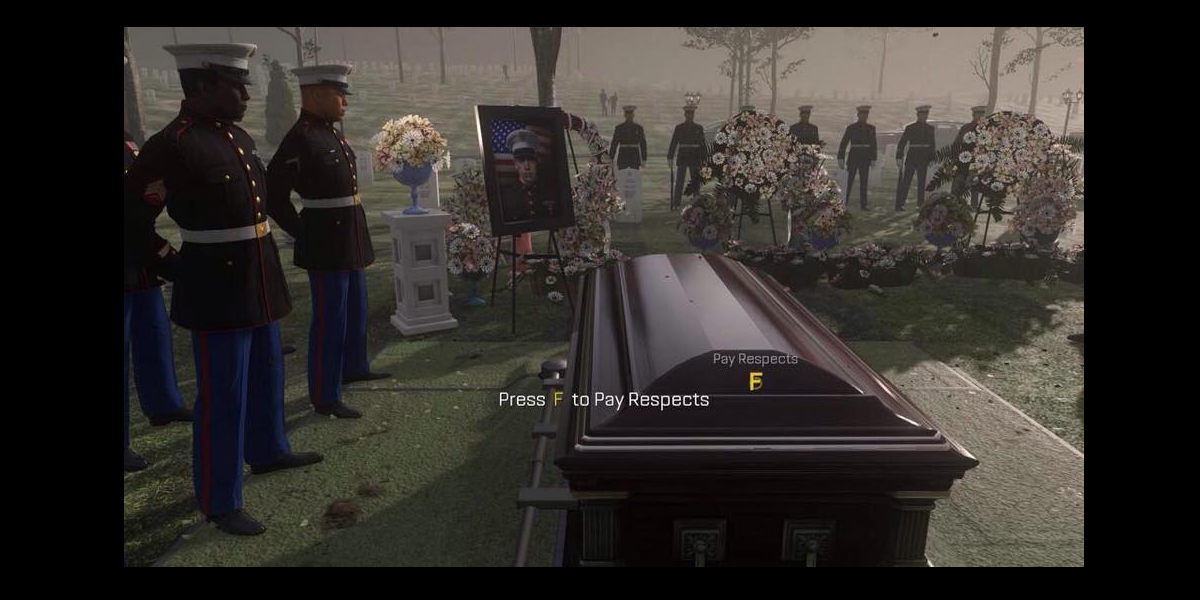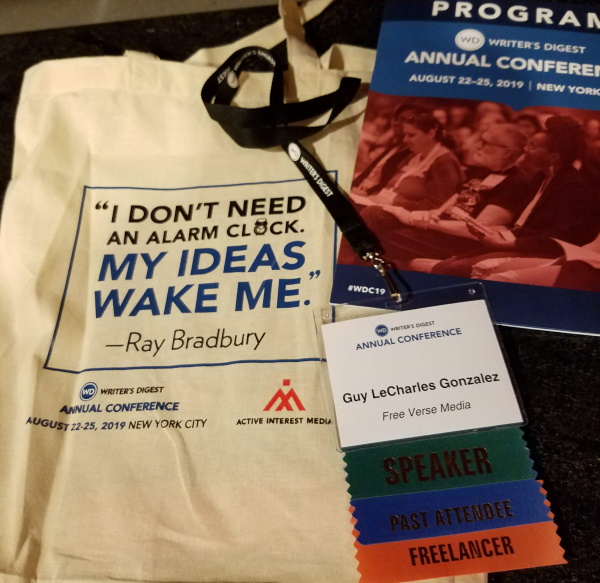On Niche Audiences, Immersive Media, and Publishers’ Myopia
How a publisher defines, segments, and prioritizes its audience impacts every decision it makes about every book it acquires, publishes, and markets. As I noted in the new annual report for the Panorama Project, despite the growth in ebooks and audiobooks over the past decade, there are reportedly fewer people reading books today, and fierce competition for their attention and discretionary spending. In the absence of any major consumer research focusing on how book consumption and purchasing behavior has changed over the past five years, there are many unsupported theories attempting to explain why consumer ebook sales plateaued, and then began a gradual decline. Consumer pricing, library lending, and self-publishing are believed to be among the primary factors, while little consideration has been given to the impact of other forms of digital media that have experienced exponential growth—including film, TV, and gaming.





